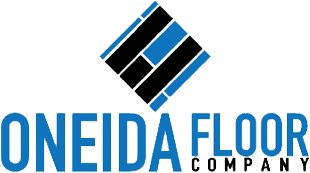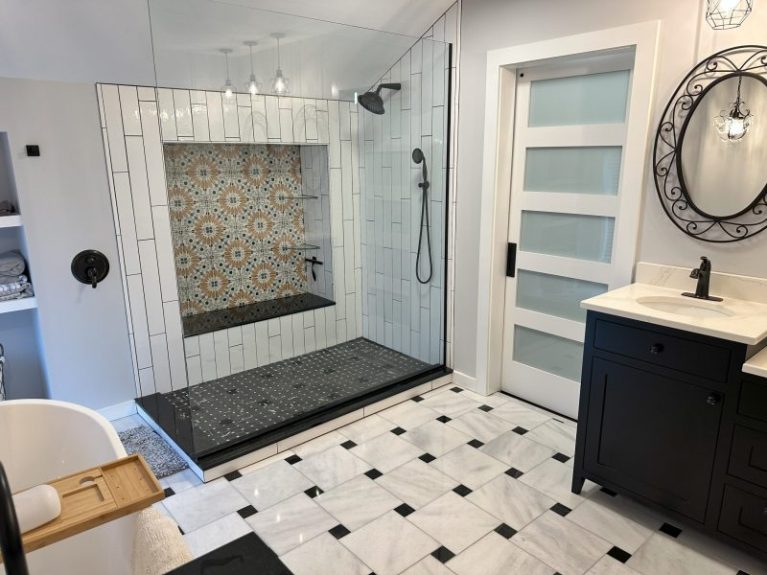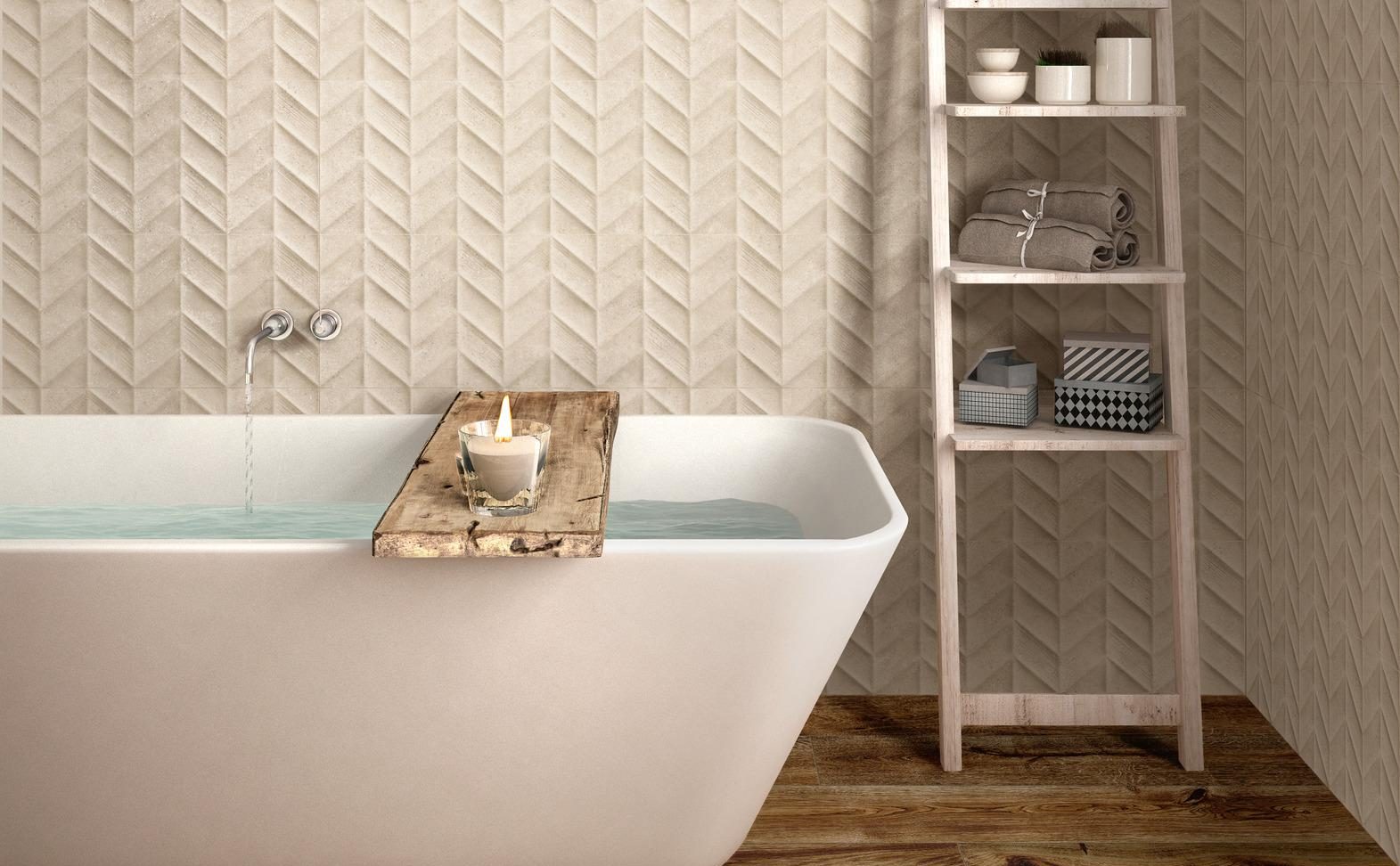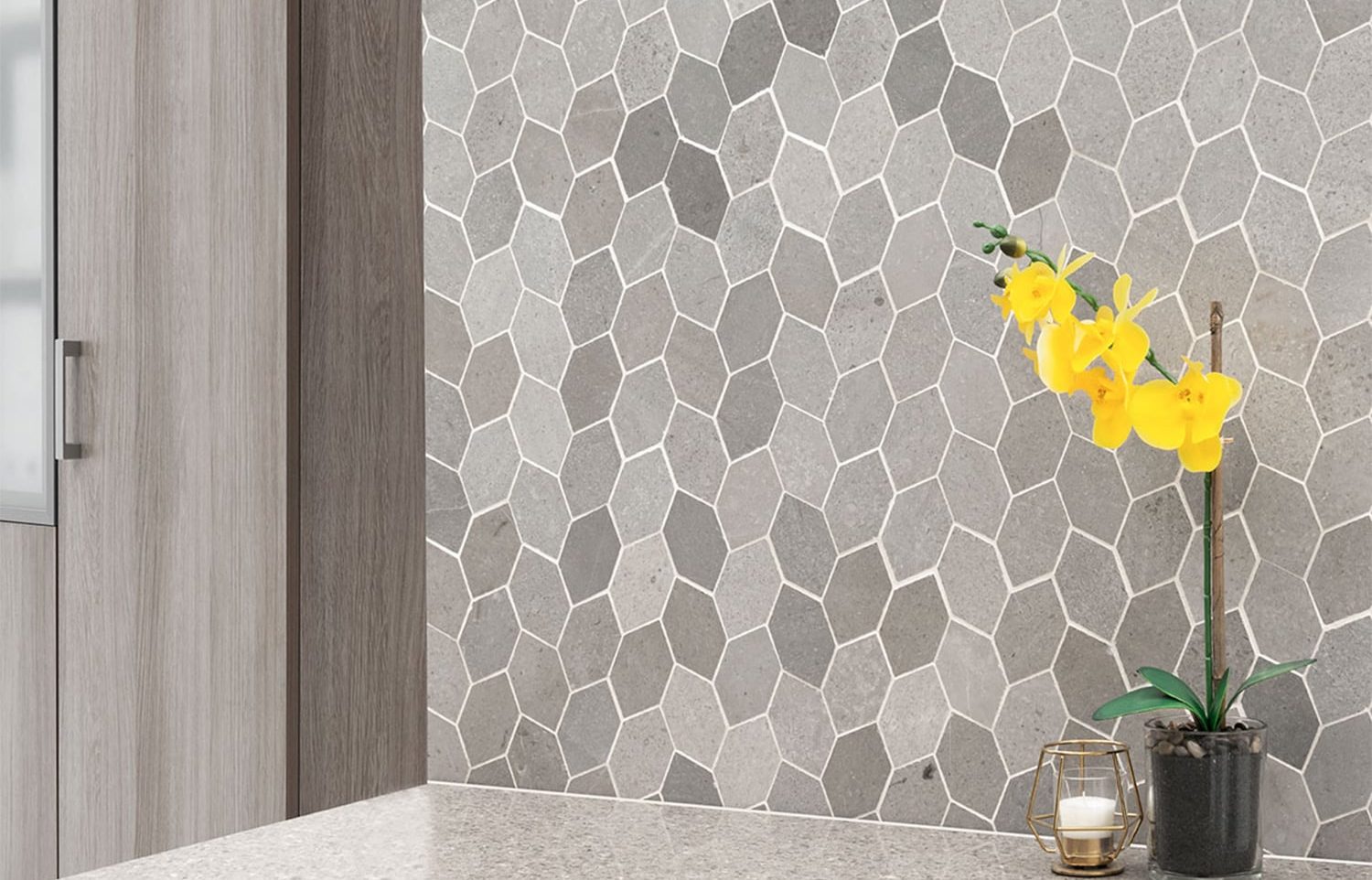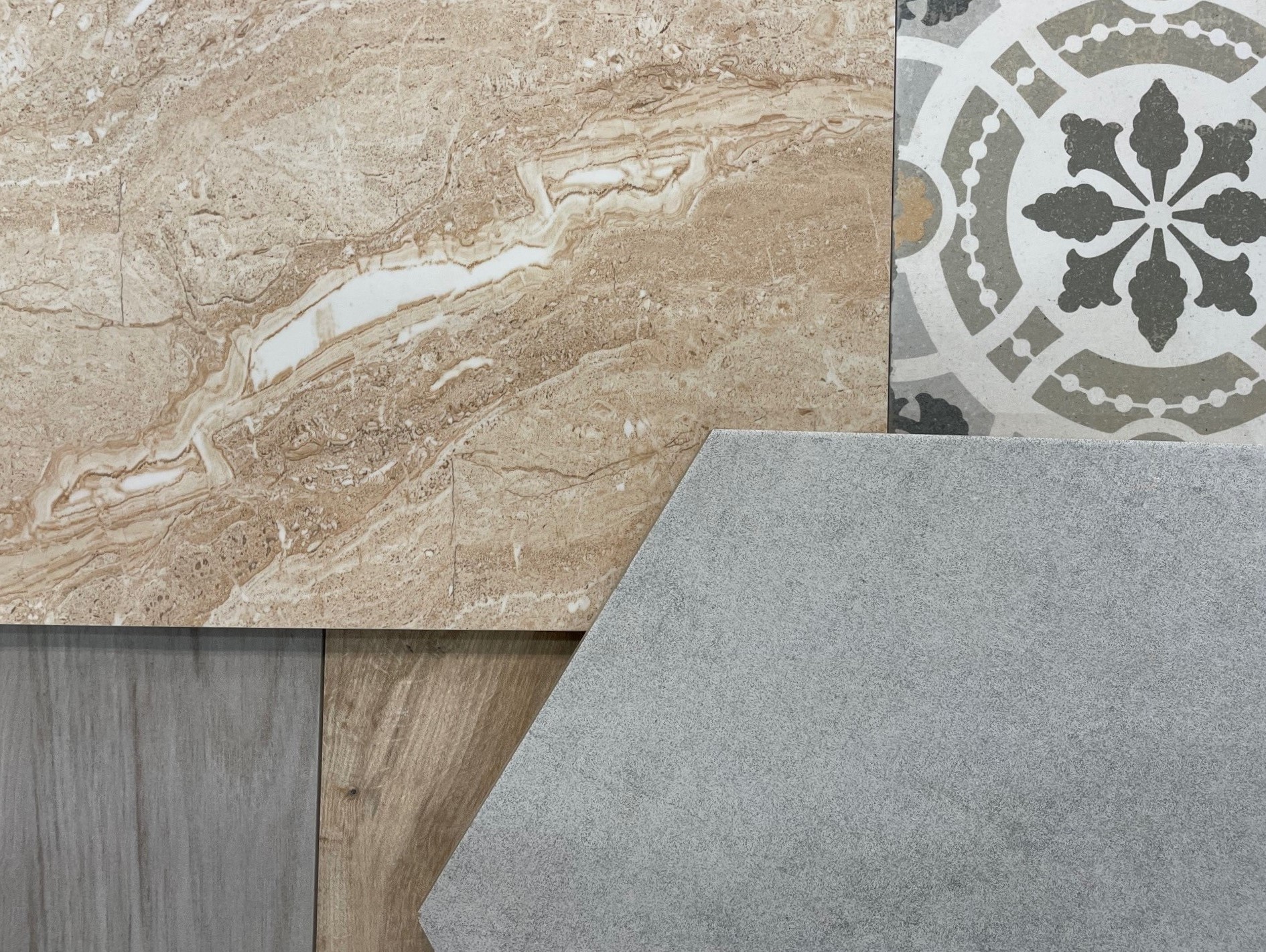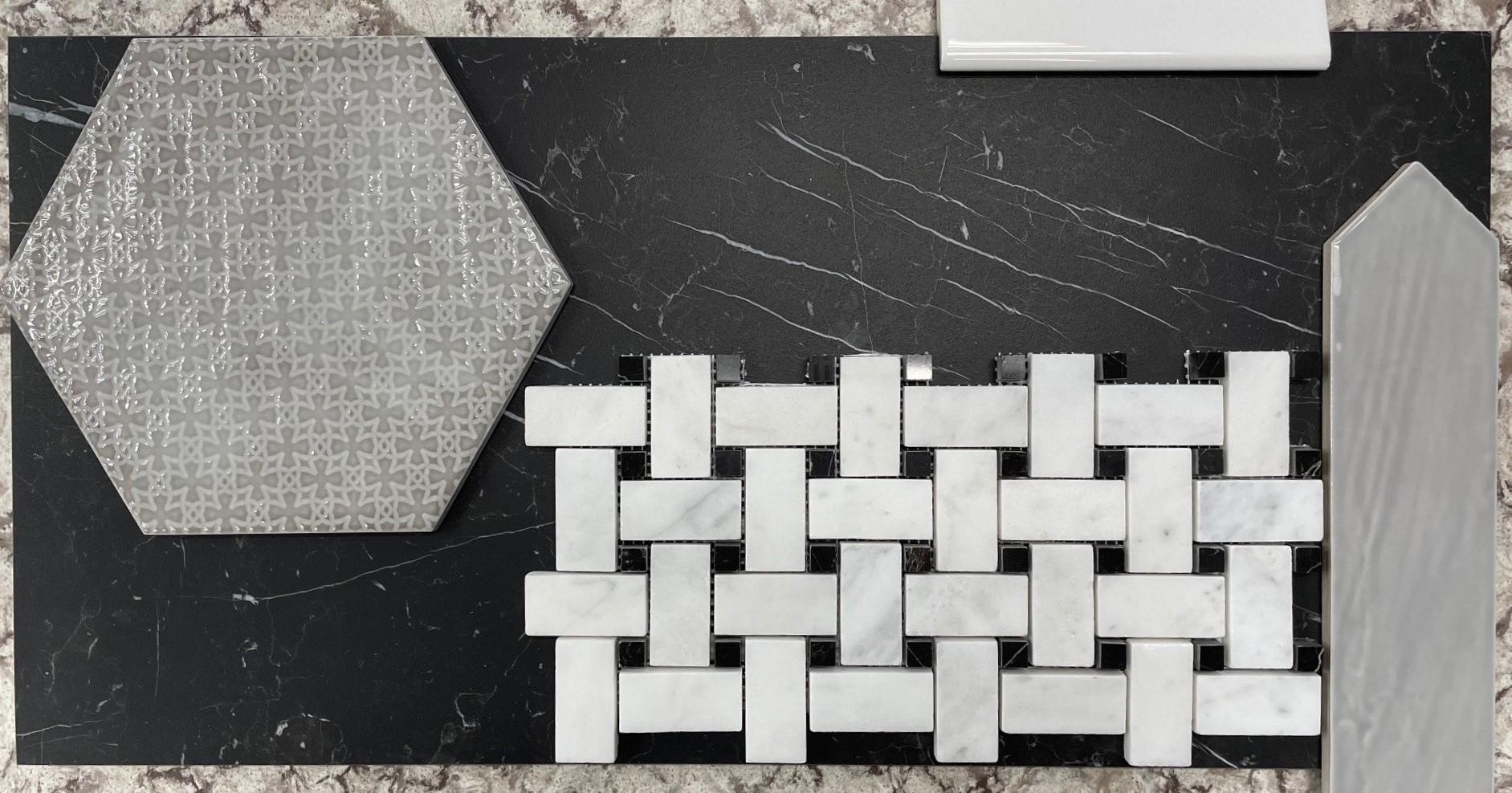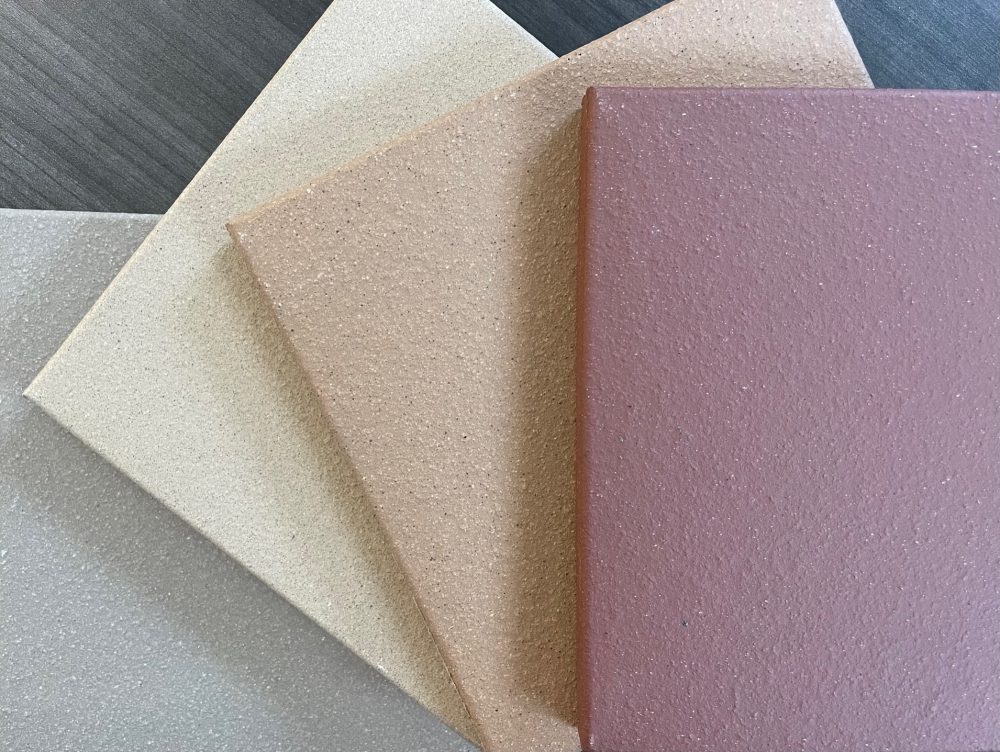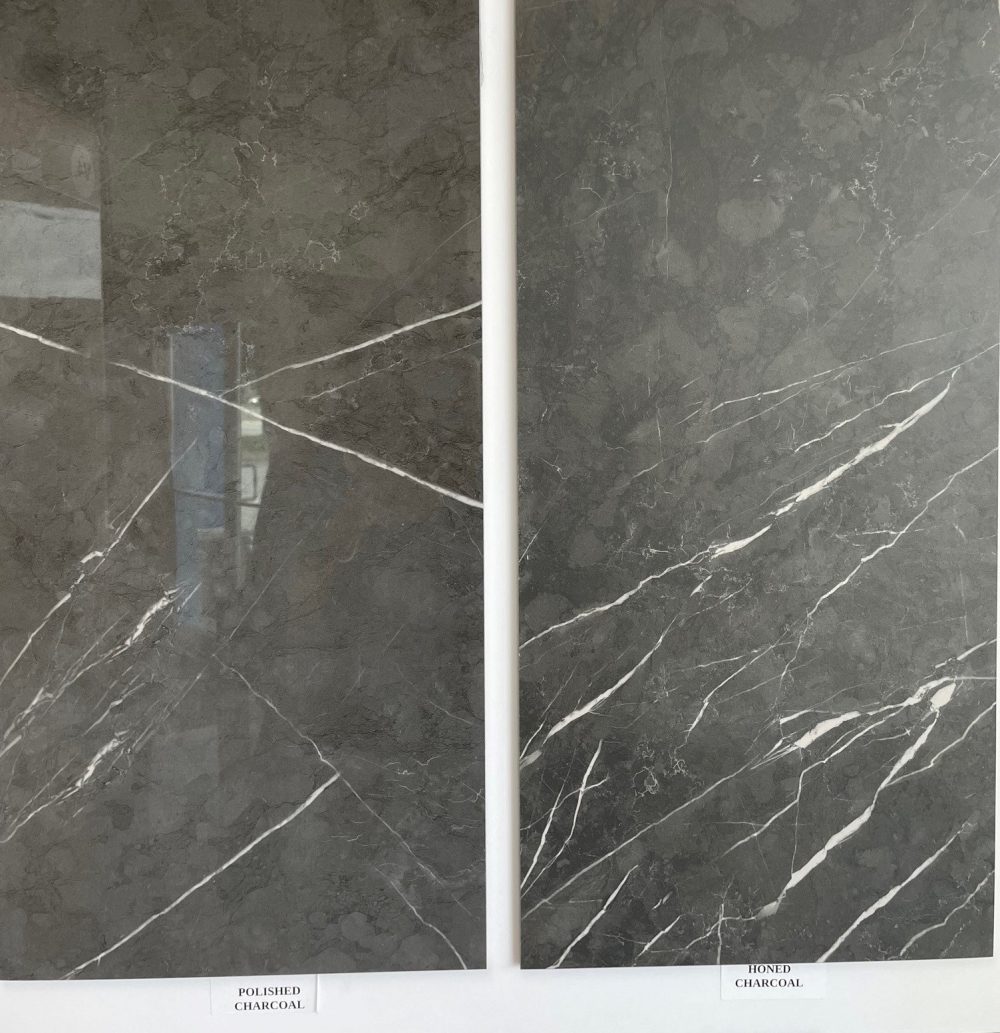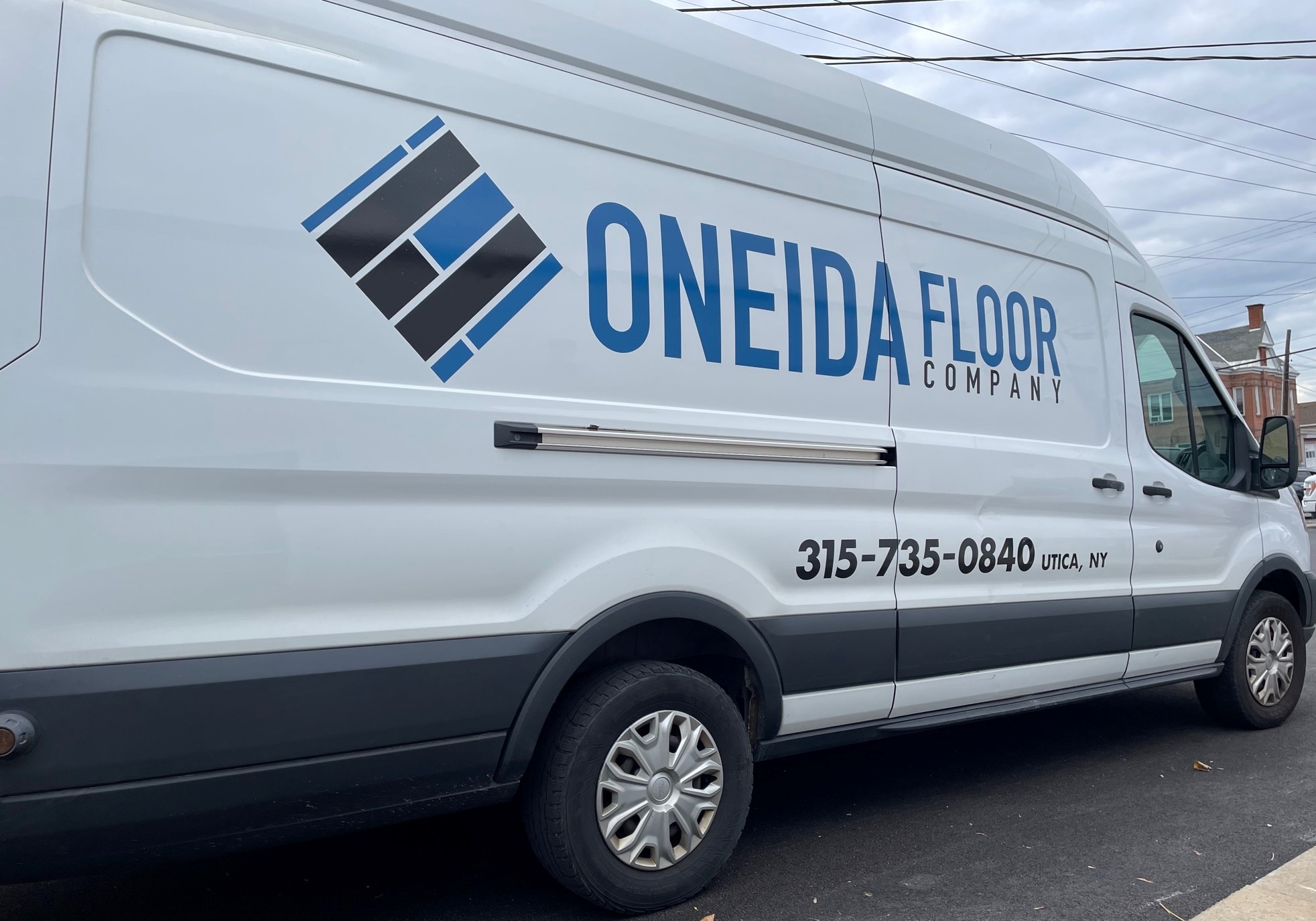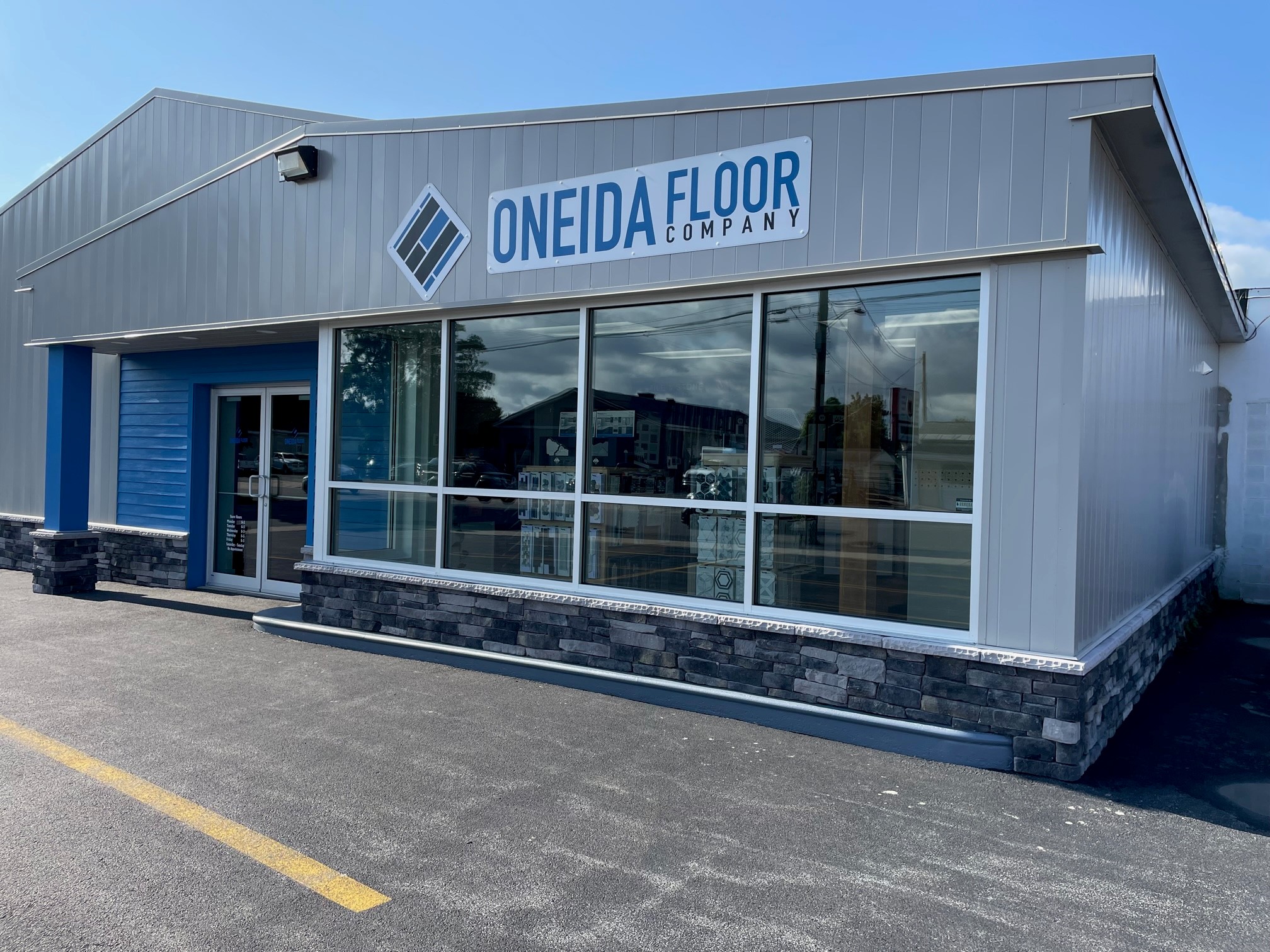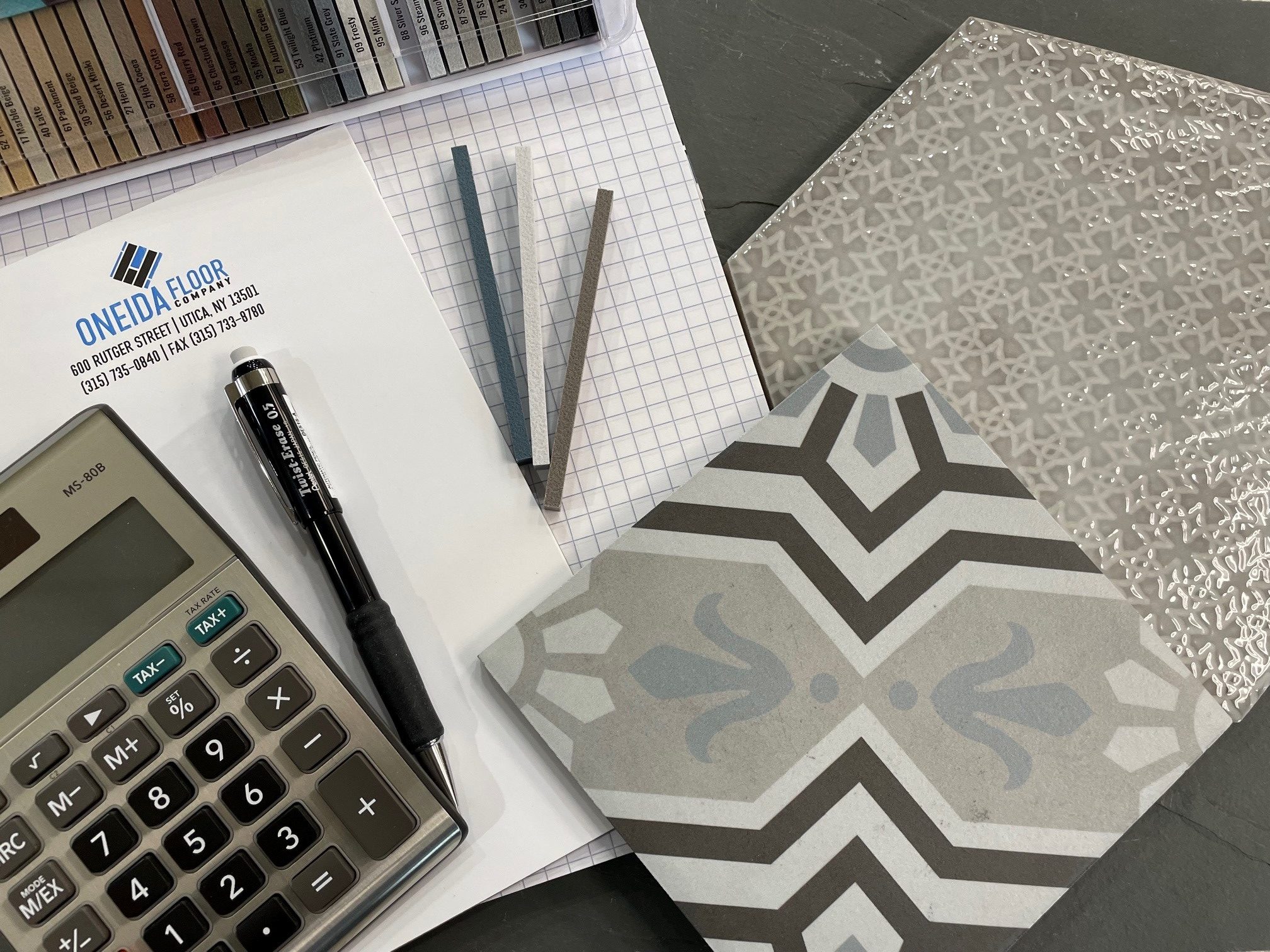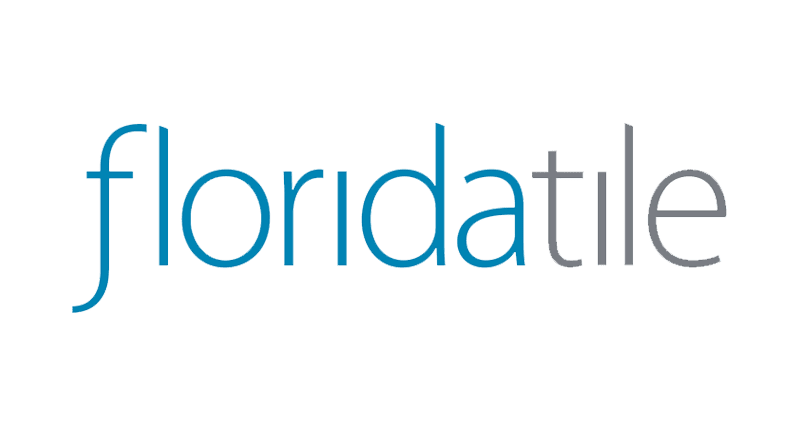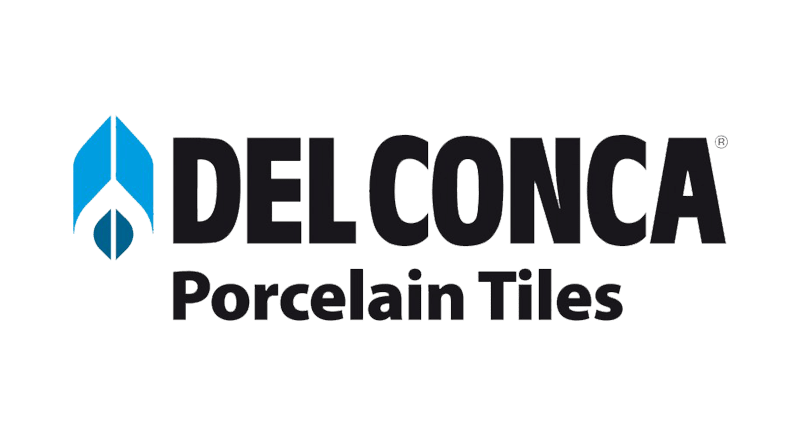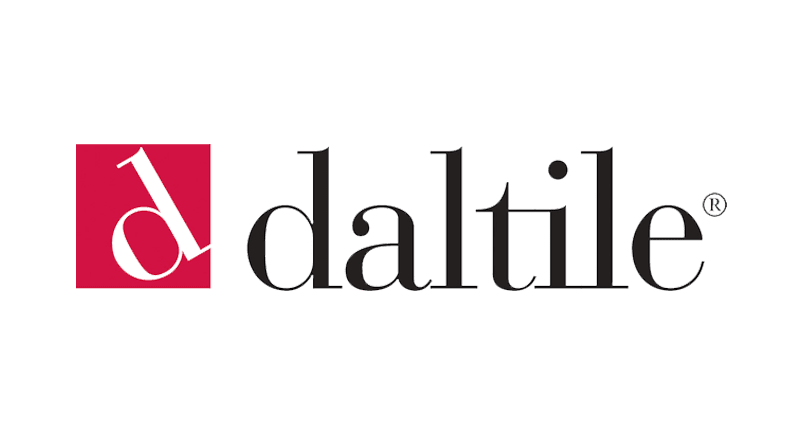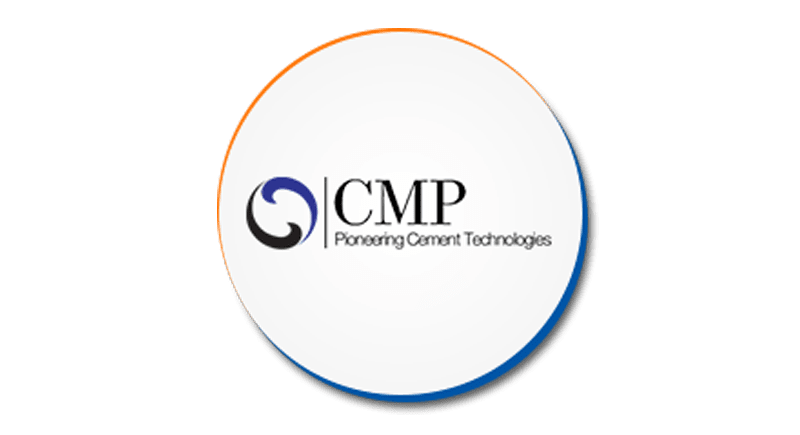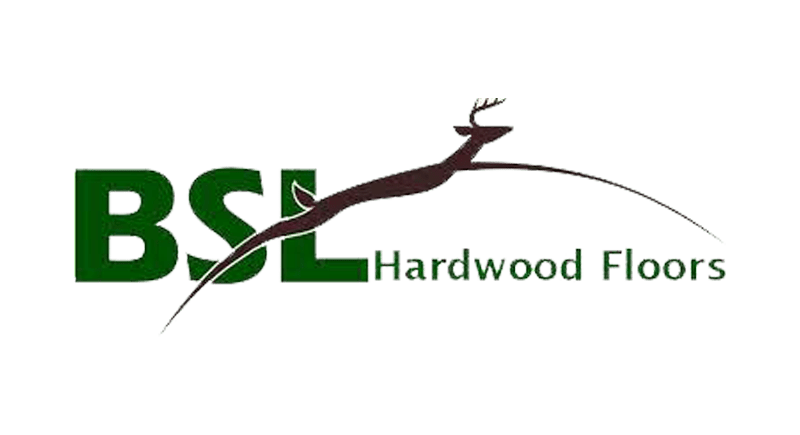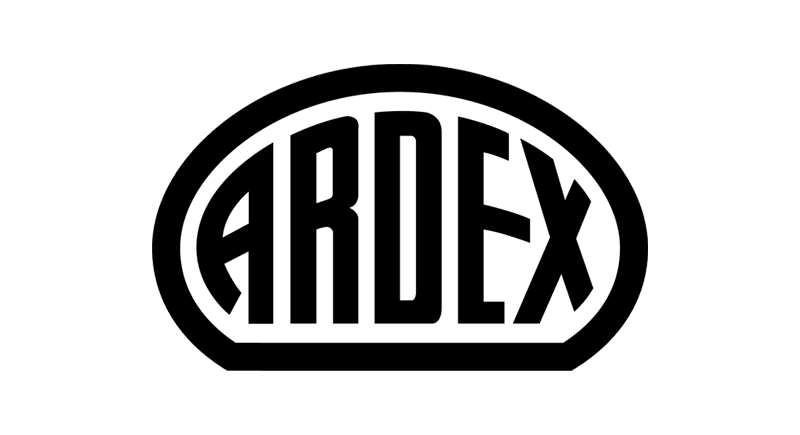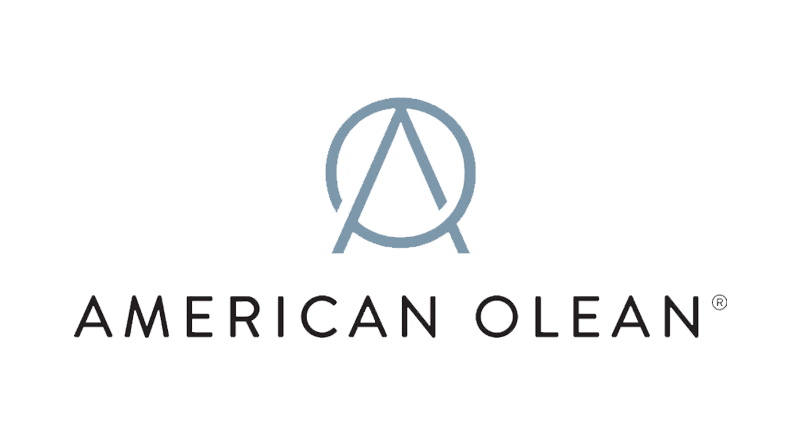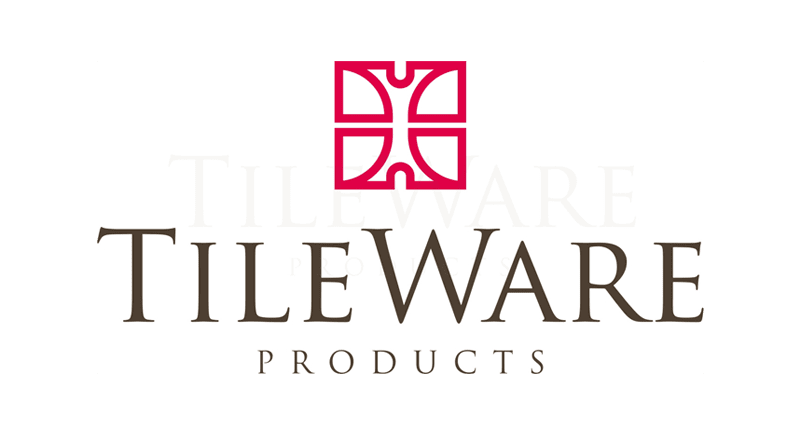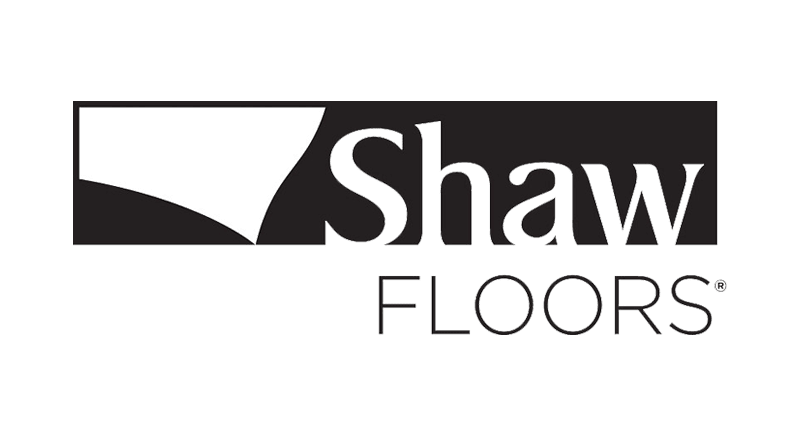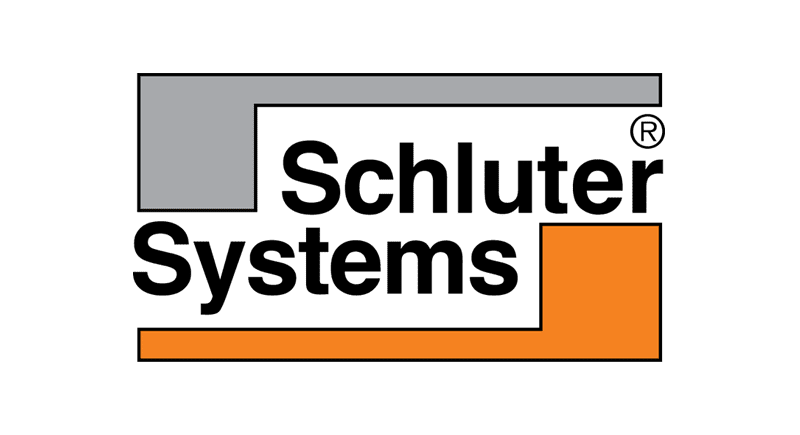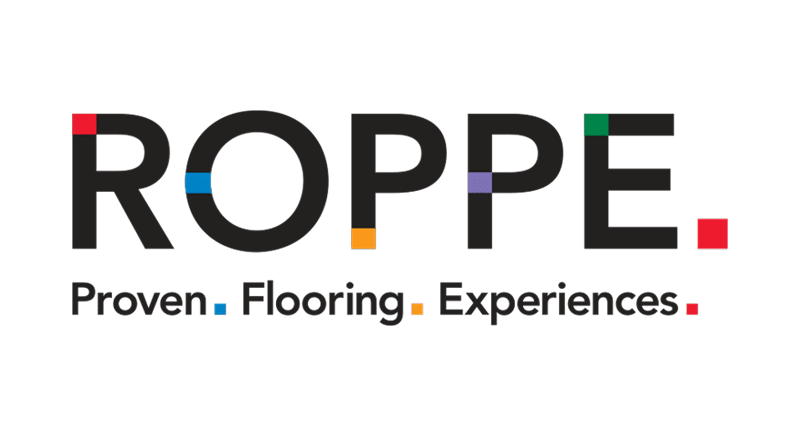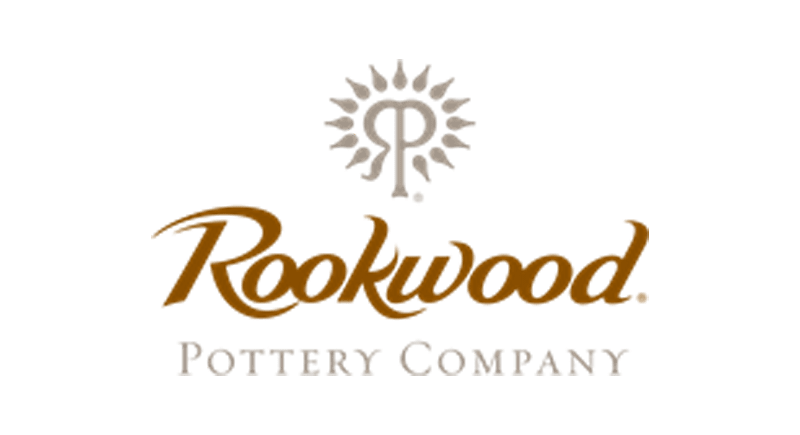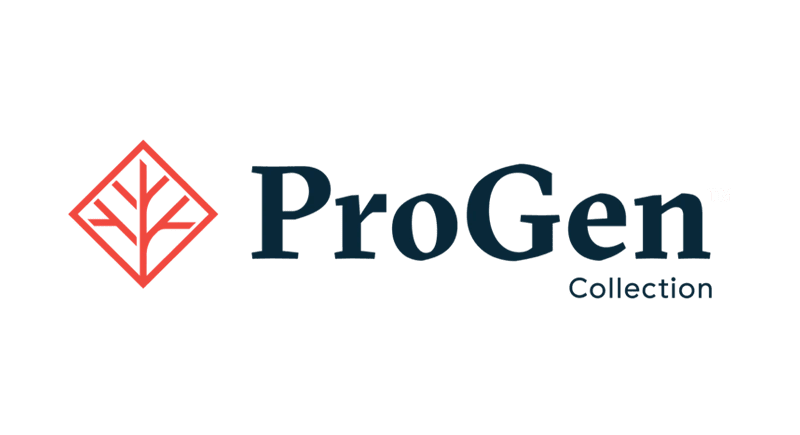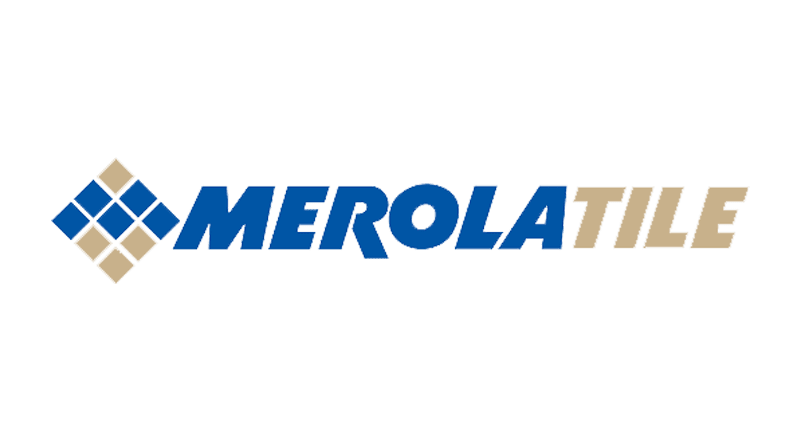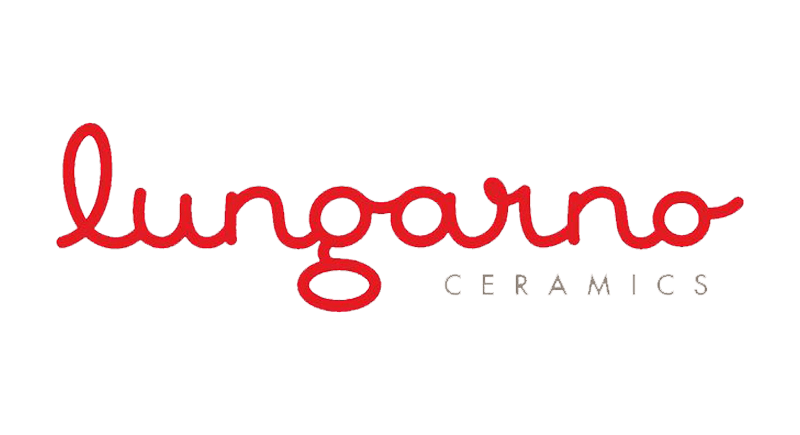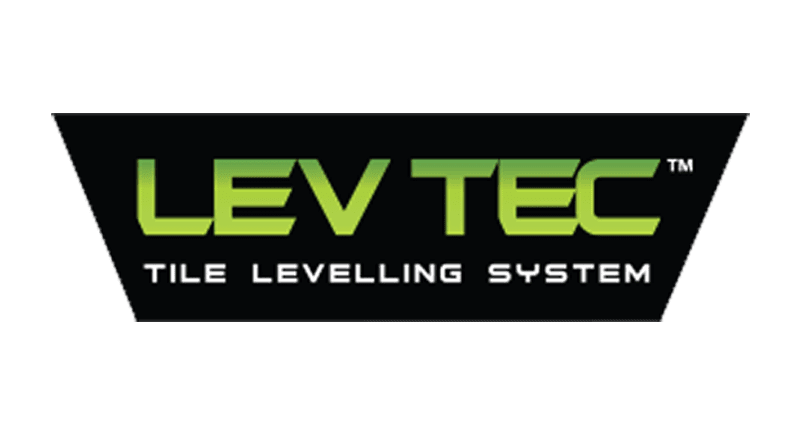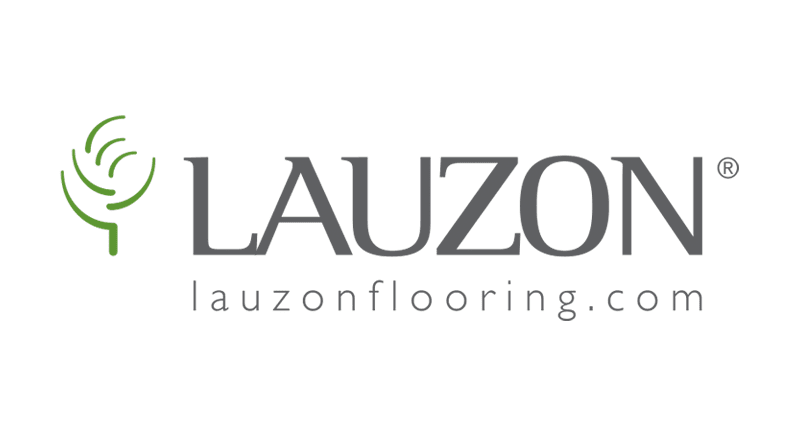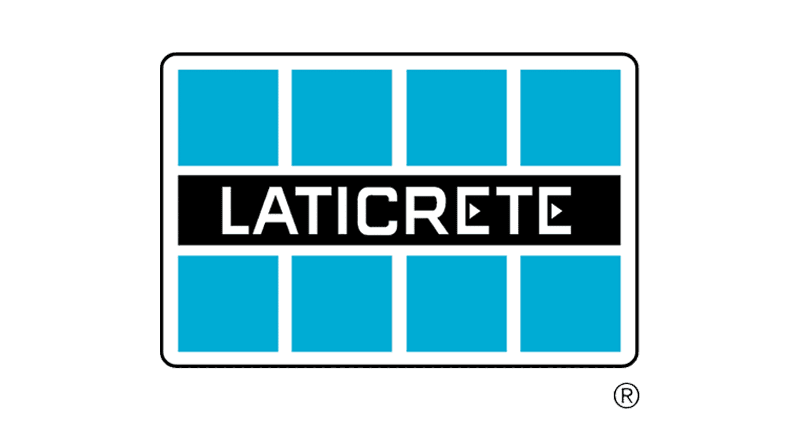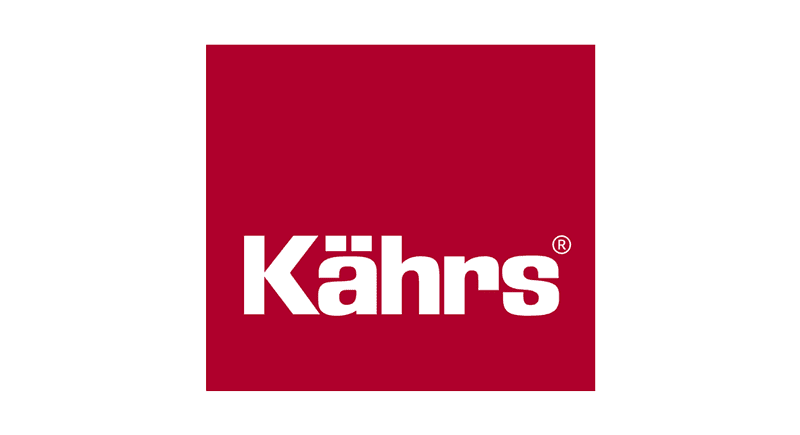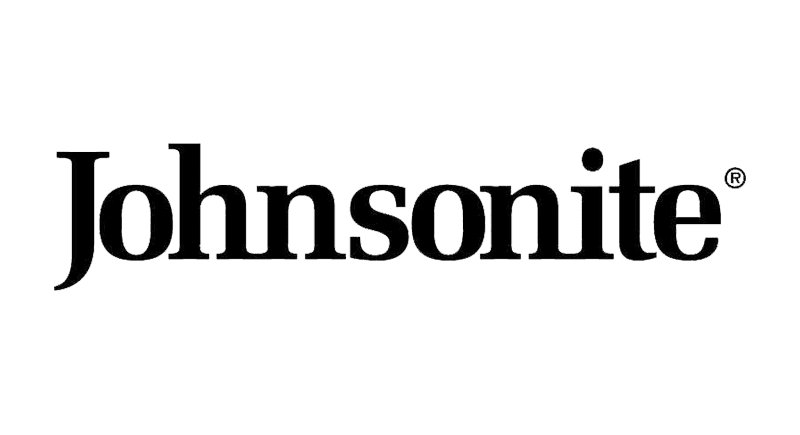Porcelain & ceramic tile have unique characteristics; that they can be utilized on nearly any surface in, or outside the home. Porcelain & ceramic tile is a sustainable flooring material, made with natural materials, creates no VOCs, and can be recycled.
Most consider porcelain & ceramic tile interchangeable, but they are very different.
Porcelain tile is made of refined clay, and has greater durability than ceramic tile. After being fired at high temperatures of 2,200-2,500 F, porcelain tiles are either left in their natural state (unglazed) or processed with a second firing (glazed). This provides a protective coating of liquid glass that allows for printing with a variety of designs and colors using inkjet technology. Unglazed porcelain tile is ideal for wet areas, due to the textured finish which gives traction, while glazed tile is ideal for backsplashes in kitchens & bathrooms, simplifying cleanup.
Ceramic tile is made of coarse clay, and is kiln-fired at temperatures of 1,800-2,000 F. This makes ceramic tile less dense, more porous, and consequently less durable than porcelain. Despite the differences, ceramic tile is versatile and suitable for many applications, and a more affordable option to porcelain. Ceramic floor tile that is glazed, gives it a layer of protection, and can be applied to virtually any floor in the house. Areas subject to higher impact may benefit from porcelain. Most tile manufacturers will recommend whether their tile is suitable for wall or floor application.
Tile Format
Tile Format describes the size and shape of a tile. Bullnose describes a trim tile that has a rounded finished edge to create a smooth transition and used as an edge application. Hexagon tile is a six-sided tile that comes in a variety of sizes, even in mosaic. Picket tile is a reimagined hex tile that is elongated, shaped similar to a picket fence. Large Format Tile-LFT has grown in popularity in residential application. It provides a dramatic statement and reduces grout lines. Large format tile requires a thin-set specific for LFT application. Mosaic Tile are tile generally no larger than 2”x 2”, and often mounted on a mesh backing for ease of installation. Penny tile (small coin-shaped) would be considered a mosaic. Rectified Tile is a tile that has been finished so all sides are exactly the same size, making it uniform. This allows for a minimum grout joint.
Quarry Tile
Quarry Tile is a hard floor tile made from ground minerals (feldspar, clay, & shales) formed and fired much in the same way used to make brick. Utilized in commercial applications due to its durable, low porosity, and water-resistant nature. Once sealed properly, it has the ability to hide stains well. It often comes in red, but also available in brown, gray, or tan, and most often found in 6”x6” squares, but can range up to 8”x8”. Some styles have added anti-slip finishes.
Polished versus Honed Finishes
Polished finishes possess a reflective shiny smooth surface. The upside of this finish, is that it is simple to clean & maintain. The downside is these surfaces are generally slippery when wet and should not be used on floors, and scratches are more visible on a polished finish.
Honed finishes possess a matte finish with a textured feel. It lacks the reflective qualities of its polished counterpart, and slightly harder to clean due to the textured surface. The upside is that it hides scratches.
